
Lancaster is a town in Worcester County, Massachusetts, in the United States. Incorporated in 1653, Lancaster is the oldest town in Worcester County. As of the 2020 census, the town population was 8,441.
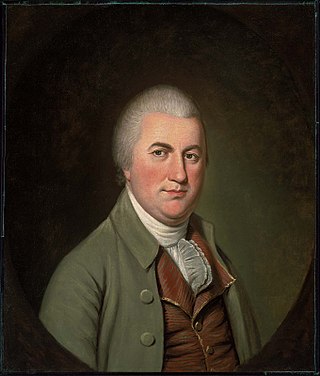
Nathaniel Gorham was an American Founding Father, merchant, and politician from Massachusetts. He was a delegate from the Bay Colony to the Continental Congress and for six months served as the presiding officer of that body under the Articles of Confederation. He also attended the Constitutional Convention, served on its Committee of Detail, and signed the United States Constitution.

Charles Francis Adams Sr. was an American historical editor, writer, politician, and diplomat. As United States Minister to the United Kingdom during the American Civil War, Adams was crucial to Union efforts to prevent British recognition of the Confederate States of America and maintain European neutrality to the utmost extent. Adams also featured in national and state politics before and after the Civil War.

Josiah Gardner Abbott was an American politician who served in the Massachusetts General Court and as a member of the United States House of Representatives from Massachusetts.
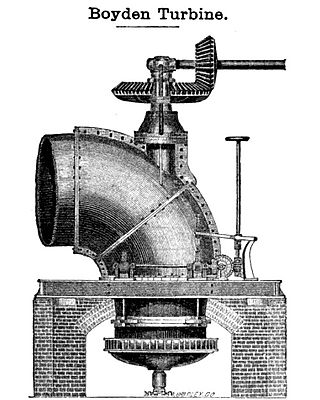
Uriah Atherton Boyden was an American civil and mechanical engineer and inventor from Foxborough, Massachusetts best known for the development of a water turbine, that later became known as the Boyden Turbine around 1844, while working for the Appleton Company in Lowell, Massachusetts. Boyden improved upon a turbine developed by French engineer Fourneyron by adding a conical approach passage for the incoming water—submerged diffusers, guide vanes and a diverting exit passage.

Egbert Ludovicus Viele was a civil engineer and United States Representative from New York from 1885 to 1887, as well as an officer in the Union army during the American Civil War.

James Pugh Kirkwood was a 19th-century American civil engineer, and general superintendent of the Erie Railroad in the year 1849–1850. He left the Erie to go to the southwest to construct railroads, and he made the first survey for the Pacific Railroad west from the Mississippi to the Rocky Mountains. The towns of Kirkwood, Missouri and Kirkwood, New York are named in his honor. In the late 1860s he served as president of the American Society of Civil Engineers.

Henry Pickering Bowditch was an American soldier, physician, physiologist, and dean of the Harvard Medical School. Following his teacher Carl Ludwig, he promoted the training of medical practitioners in a context of physiological research. His teaching career at Harvard spanned 35 years.

Albert Fink was a German-born civil engineer who worked in the United States. He is best known for his railroad bridge designs, which helped revolutionize the use of iron for American railroad bridge construction. He devised the Fink truss and many truss bridges, especially the Fink-Type Truss Bridge.
Albert Richards Howe was an American businessman, Civil War veteran and politician. He represented Mississippi in the U.S. House of Representatives and served in the Mississippi House of Representatives for one term from 1873 to 1875.

Henry Constantine Wayne was a United States Army officer, and is known for his commanding the expedition to test the U.S. Camel Corps as part of Secretary of War Jefferson Davis's plan to use camels as a transport in the West. Wayne was also a Confederate adjutant and inspector-general for Georgia and a brigadier general during the American Civil War.

Timothy Upham was an American soldier in the War of 1812. At the Siege of Fort Erie he led the regiment under his command on a mission to rescue General Miller.
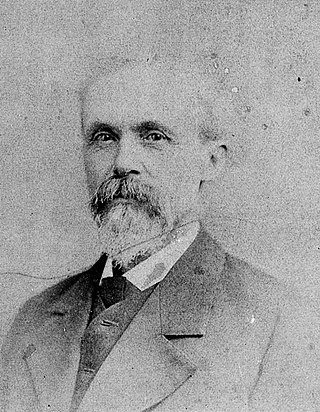
George Leonard Vose was an American civil engineer and Professor of Civil Engineering at Bowdoin College and Massachusetts Institute of Technology, known as educator in the field of railroads, and from his "Manual for railroad engineers and engineering students" (1873).
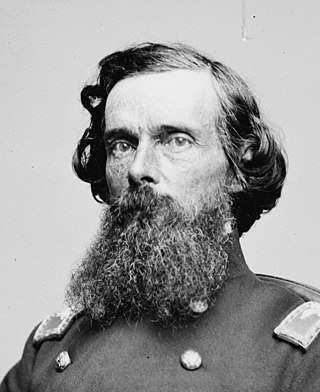
Julius Walker Adams was an American civil engineer and railroad engineer, who designed the Starrucca Viaduct. He co-founded the American Society of Civil Engineers in 1852 and served as its president from 1874 to 1875.
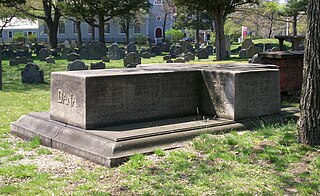
Edmund Trowbridge Dana, Jr. was an American lawyer and author.

William M. Pingry was a Vermont attorney and politician who served as State Auditor.

Charles Thomas Main was an American mechanical engineer and business executive, who worked for New England textile mills, and also in the then new field of hydroelectricity. He is known as founder of Charles T. Main, Inc., and as president of the American Society of Mechanical Engineers in the year 1918-19.
Charles Ansorge was a German-born musician and composer who, as a Forty-Eighter, emigrated to the United States and worked for a time there also.

William Ezra Worthen was a Harvard-educated American civil engineer. He was President of the American Society of Civil Engineers in 1887, and elected an Honorary Member in 1898.
Martha Hooper Blackler Kalopothakes was a 19th-century American missionary to Greece. She was also a journalist and translator. Kalopothakes died in 1871.
















